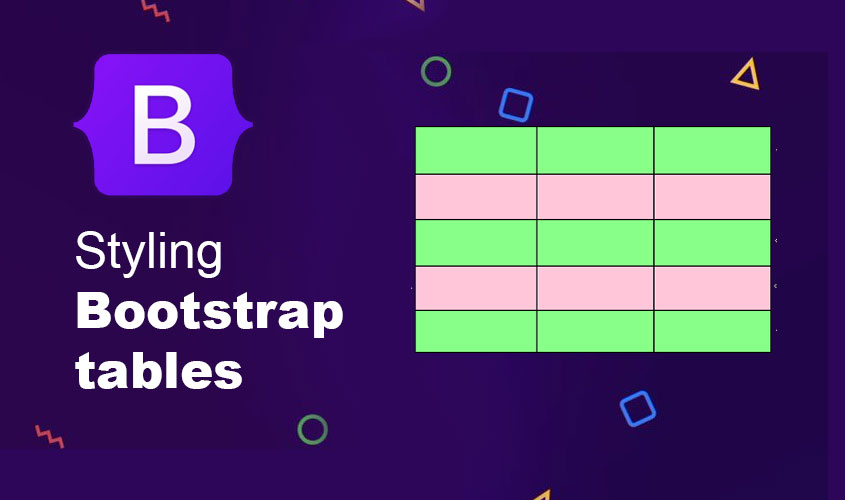Bootstrap provides a wide range of pre-defined classes that can be used to quickly style elements on your website. However, you can also create your own custom Bootstrap classes to further customize the design and functionality of your website. Here’s how to create custom Bootstrap classes:
- Define your custom class: Define your custom class in your CSS file using the .class-name syntax, where “class-name” is the name of your custom class. For example, to create a custom class called “.btn-custom” that styles a button with a custom color, you can define the following CSS rules:
.btn-custom {
background-color: #ff0000;
color: #ffffff;
border: none;
}
- Add your custom class to your HTML : Once you’ve defined your custom class in your CSS file, you can add it to your HTML element by adding the “class” attribute and the name of your custom class. For example, to apply the custom class “.btn-custom” to a button element, you can add the following code:
<button class="btn btn-custom">Custom Button</button>
- Use your custom class with Bootstrap classes: You can also combine your custom class with existing Bootstrap classes to further customize your design. For example, you can create a custom class that modifies the Bootstrap “.card” class to add custom borders and background colors, like this:
.card-custom {
border: 2px solid #ff0000;
background-color: #ffffff;
}
Then, you can add this class to a Bootstrap card element, like this:
<div class="card card-custom">
...
</div>
By creating custom Bootstrap classes, you can tailor the design and functionality of your website to your specific needs and preferences.











